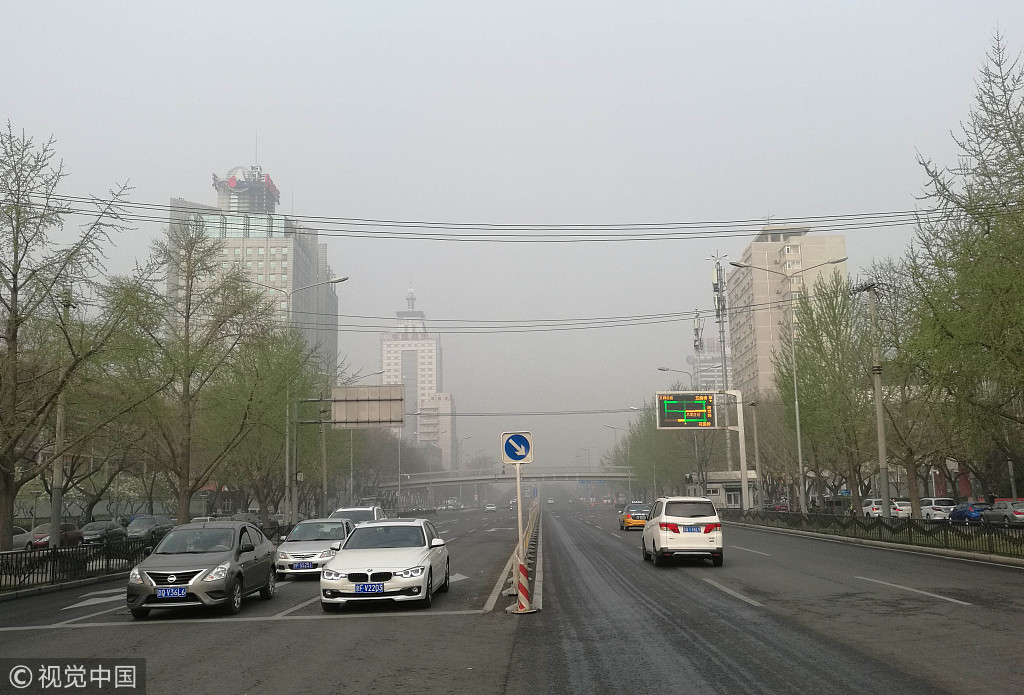Report: Beijing sets a world model on air quality management
By Liu Hongjie in Nairobi, Kenya | China Daily | Updated: 2019-03-11 10:05

More than 20 years after Beijing began looking to improve air quality in one of the largest and fastest growing cities in the developing world, its successful efforts provide a model for other cities, according to a report released ahead of the United Nations Environment Assembly on Saturday.
Research by the UN Environment Programme and the Beijing Municipal Ecology and Environment Bureau outlines how Beijing's air quality management program has evolved, and makes recommendations for near, medium, and long-term steps that Beijing can take to maintain its momentum toward clean air.
The report, A Review of 20 years' Air Pollution Control in Beijing, was compiled by a UN Environment-led team of international and Chinese experts over two years. It covers 1998 to the end of 2017.
"This improvement in air quality didn't happen by accident. It was the result of an enormous investment of time, resources and political will," said Joyce Msuya, acting executive director of the UN Environment. "Understanding Beijing's air pollution story is crucial for any nation, district or municipality that wishes to follow a similar path."
He Kebin, the principal author of the report and dean of Tsinghua University's School of Environment, said Beijing progressed from 1998 to 2013, but there were even more significant improvements under Beijing's Clean Air Action Plan 2013-2017.
In 1998, air pollution in Beijing was dominated by coal-combustion and motor vehicles. Major pollutants exceeded national limits. By 2013 levels had fallen and some pollutants, like carbon monoxide and sulfur dioxides, met national standards.
In 2013 Beijing adopted more systematic and intensive measures. By the end of 2017 fine particulate pollution, or PM 2.5, had fallen by 35 percent. It fell by 25 percent in the surrounding Beijing-Tianjin-Hebei region. Much of this reduction came from measures to control coal-fired boilers, provide cleaner domestic fuels, and industrial restructuring.
According to the report, Beijing's air quality management system is supported by monitoring and evaluation, pollution source apportionment and emission inventories. It also contains comprehensive legal standards and strict environmental law enforcement.
Yu Jianhua, deputy head of the Beijing Municipal Bureau of Ecology and Environment, said that while much has been achieved, more can be done.
"At present, the PM 2.5 concentration in Beijing still fails to meet national ambient air quality standards and far exceeds the levels recommended by the World Health Organization (WHO), and heavy pollution episodes still occur during autumn and winter," he said.
"Solving all these air quality issues will be a long-term process. We are willing to share our long-accumulated knowledge and wealth of experience on air pollution with other cities in developing countries," he added.
Dechen Tsering, director of UN Environment's Asia Pacific Regional Office, said the agency is committed to promoting sustainable development and best practices in countries and cities around the world.
"Beijing has achieved impressive air quality improvements in a short amount of time." Tsering said. "It is a good example of how a large city in a developing country can balance environmental protection and economic growth."
























